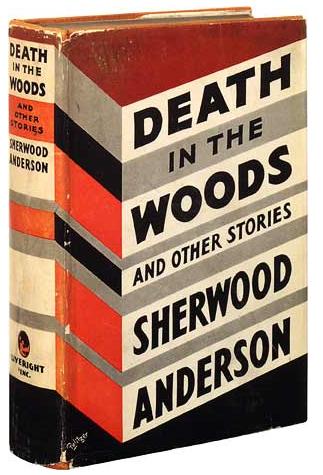I know I’d rather spend time with Becky Sharp than with that drip Amelia Sedley. — Juliet Annan
Juliet Annan offers this post on The Penguin Blog – Little Dorrit deserves a smack – on readers who whine about “unlikeable” characters, including those in Zoe Heller’s The Believers.
I, too, am tired of hearing people say a character is “unsympathetic,” though at least the term is more nuanced than “unlikeable.” But who is at fault when a character is unsympathetic? If we have not a single way in — if said character has a heart of ash and no desires anyone could relate to — then OK, the author has painted him or her a one-dimensional villain. But if there is any avenue by which readers might relate, however uncomfortably, to the character, then we must ask who is being less sympathetic: the character or the reader?
On the value of bad behavior, I wish I could quote an entire chapter from Charles Baxter’s The Art of Subtext: Beyond Plot: “Creating a Scene.” But as that’s almost certainly illegal, I’ll settle for this paragraph:
In fiction we want to have characters create scenes that in real life we would typically avoid. Writers might want to have happy lives, but they fear the revenge of the genteel community if their writings are too lively. If they do, they give up their writerly badge of honor. Stories often require sparkplug characters–radically unpleasant types–as focusing agents. The refusal of a story to grant a wish, its refusal to be polite, genteel, or useful, offers manifold opportunities for the messy self-reproaches and grotesqueries characteristic of fiction.





